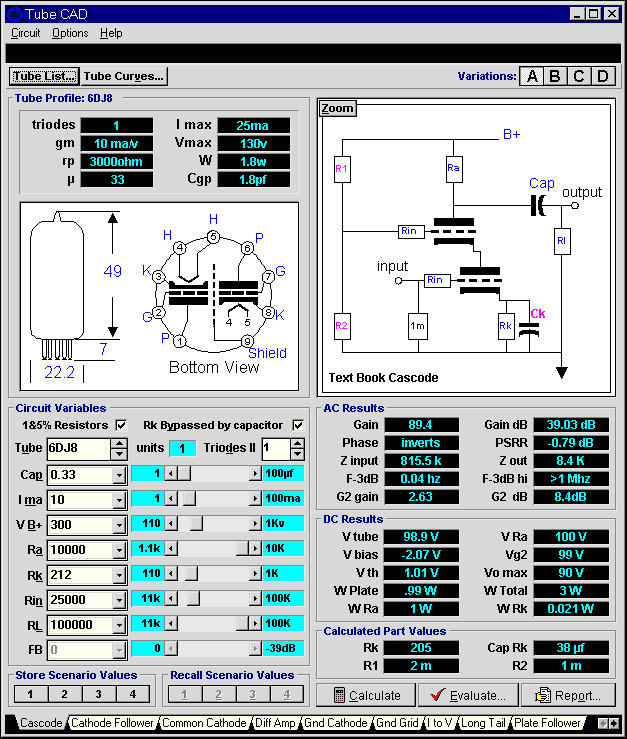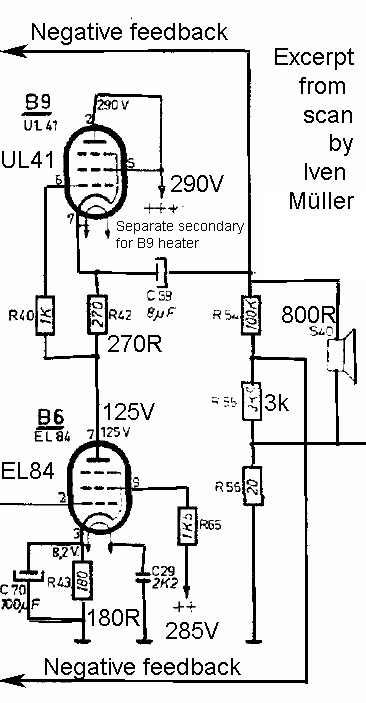

must be changed after calling Wire.begin() (inside pwm.No offense meant, but that is what we are trying to escape.

Note some i2c devices dont like this so much so if you're sharing the bus

if you want to really speed stuff up, you can go into 'fast 400khz I2C' mode Pwm.setPWMFreq(1600) // Set This is the maximum PWM frequency Wire.pins(2, 14) // Set if your using ESP8266 can use any two pins > SDA to #2 and SCL to #14 for Zero, output on USB Serial console, remove line below if using programming port to program the Zero! #include //You can download this library belowĪdafruit_PWMServoDriver pwm = Adafruit_PWMServoDriver() //set default address 0x40

The components which is attach to this PCA9685 can be controlled via 5v internal or external driver and a minimum amount of discrete component for large current or higher voltage. This device operates at 2.4v to 5.5v and the I/O are 5.5v tolerant. The output driver is programmable to either open-drain with 25mA current sink at 5v or totem pole with 25 mA sink, 10 mA source feature at 5 V. The PC9685 output can be off or on without PWM control or set as its individual pulse controller value. Each LED output has its own 12-bit resolution at 4096 steps fixed frequency individual Pulse with Modulation controller that runs on programmable frequency from 24Hz to 1526 Hz along with adjustable 0%~100% duty cycle that allows the attach device to be set to a specific pulse value. The PCA9685 is an i2C / TWI bus controller capable of driving 16 channels PWM controller. This is the PCA9685 develop by XMP semiconductor.


 0 kommentar(er)
0 kommentar(er)
